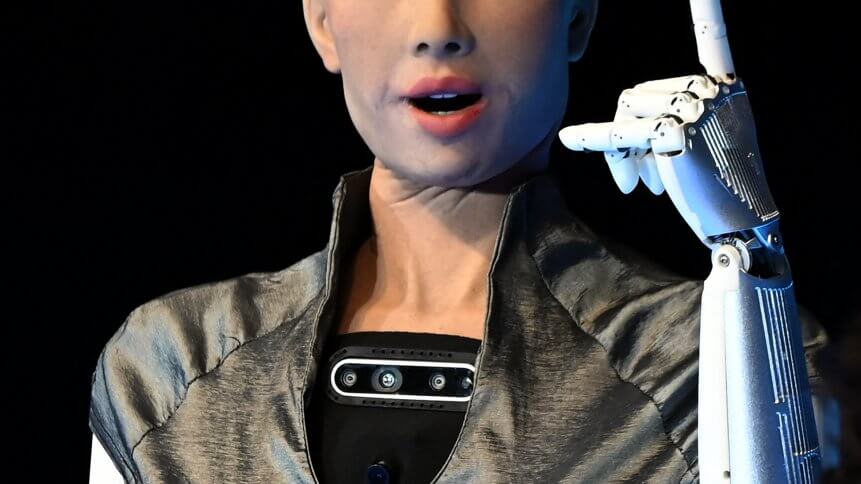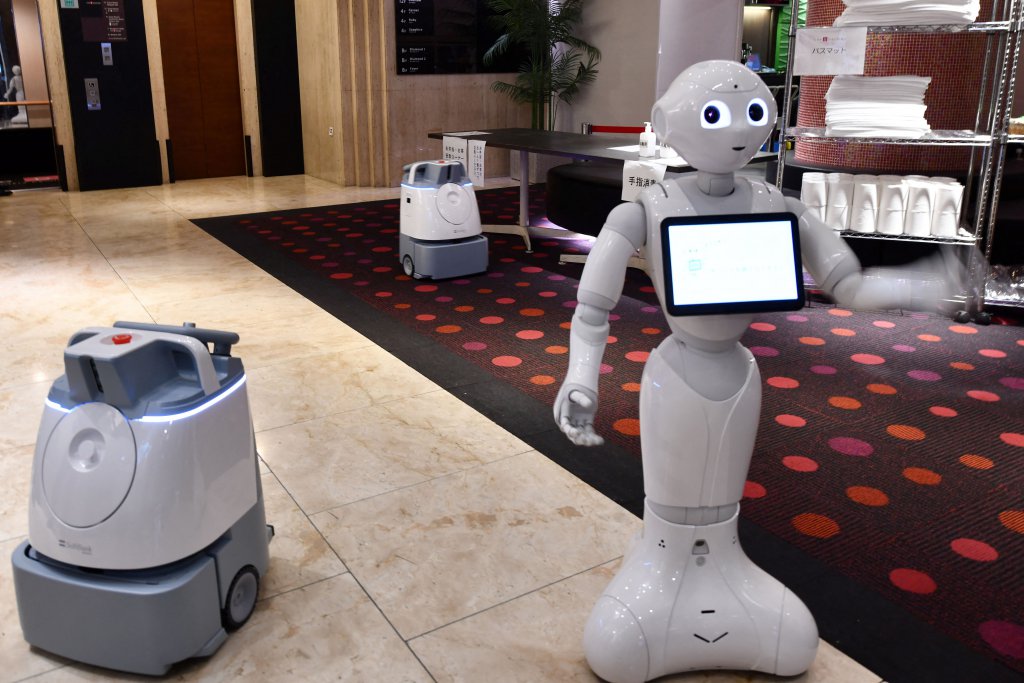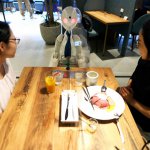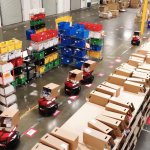The path to a robotic future is paved with good intentions

Like it or not, we are staring down the barrel of an inevitable robotic future. When Elon Musk, CEO of Tesla announced last week the development of humanoid bots to handle work in dangerous industries, there was a bit of a mixed reaction coming out from everyone. But Elon Musk and Tesla are not the first ones looking to build humanoid bots.
Serial pioneer Musk hopes to unveil the Tesla Bot next year, with the objective to “navigate through a world of humans and eliminate dangerous, repetitive and boring tasks.” For tech enthusiasts, the idea of having real humanoid bots aid humans — particularly in tasks that are riskier for people to manage — makes a lot of sense. After all, technology is meant to ease the way we work, enhancing our productivity and allowing us to focus on more important workloads that demand human attention.
However, some are worried how a robotic future might be the death knell for their careers. True enough, we are seeing many more machines being put to work in more industries today, replacing most mundane and repetitive tasks that used to be done by human workers. From manufacturing to logistics to healthcare, the upswing in machine use indicates how robotic innovation is only getting better and more pervasive.
Science fiction films like I Robot, Ex Machina, and the Terminator franchise films have often portrayed how humanoid bots, cyborgs, or any machine with intelligence can eventually become self-aware and make decisions on their own, which could be a risk to humans. Of course, the chances of something like that happening are currently slim, but advancements in robotics could still allow more processes and skills to be taken over by machines. The integration of systems and the vast availability of data could lead to endless possibilities.
Today, deep learning and machine learning algorithms embedded into AI applications are becoming mainstream — especially with the tech not only proving to be more efficient at performing tasks, but also not as expensive as having humans do the same roles.

(Photo by Kazuhiro NOGI / AFP)
When Sophia met Pepper
Before ‘Optimus’ (the code name for Tesla Bot), there have already been numerous prototypes of humanoid bots that have been developedthroughout the years. The world’s most famous humanoid is Sophia, a social robot developed by Hong Kong-based robotics firm Hanson Robotics. Unveiled in 2016, Sophia is built with AI-based cameras and sensors that make use of algorithms that allow her to see and communicate using a natural language subsystem. Sophia also happens to be the first humanoid robot to receive citizenship in the world.
Meanwhile, Pepper from Softbank Robotics, is the world’s first social humanoid robot able to recognize faces and basic human emotions. Pepper was optimized for human interaction and is able to engage with people via conversation and via a dedicated touchscreen. Over 2,000 companies around the world have since adopted Pepper as an assistant to welcome, inform and guide visitors around facilities in an innovative way.
Apart from Sophia and Pepper, Toyota’s T-HR3 is the company’s third-generation humanoid that can perform humans-assisting capabilities in a variety of settings. The T-HR3 has been put to work in the home, in medical facilities, construction sites, disaster-stricken areas, and even in space. T-HR3 is controlled by a Master Maneuvering System that allows the entire body of the robot to be operated instinctively by wearable controls while hand, arm, and foot movements have been mapped to the robot, along with a head-mounted display that allows the user to see from the robot’s perspective.
Within the security sector, we are already seeing robots being used for surveillance purposes in many countries. From robotic dogs to autonomous drones to surveillance bots, the assortment of robots already deployed in security are proving to be more efficient in handling crime as well. Concerns around AI bias and security lapses might remain, but rapid growth of data capabilities is allowing machines to analyze information faster, which in turn, also increases its accuracy and reliability.
The healthcare industry is seeing a sudden boom in medical bots, to help doctors deal with patients. Sensors in wearables are providing information for health decisions while bots are already being used to handle patients with common illnesses. Hanson Robotics also recently unveiled Grace, a humanoid robot that might revolutionize healthcare. Equipped with sensors, including a thermal camera that can detect a patient’s temperature and pulse, and the ability to speak in three languages, Grace is expected to help doctors diagnose illnesses and deliver treatments.
Some of the more dangerous industries for humans to work in, will likely have a promising robotic future. The oil and gas industry for example is already seeing the use of digital twin technologies to supply them with predictive analytics on their oil supply and drilling machine maintenance. Robots are also being fitted with sensors to help detect gas and chemical exposure levels, be it on rigs or chemical plants. As these environments are often harsh, human-scale robots might fit best to deal with them.
With Elon Musk and Tesla now looking to join the AI-driven robot industry as well, a robotic future is definitely on the horizon. The only question is, will it be us in charge, or will the machines start taking matters into their own hands.









